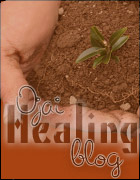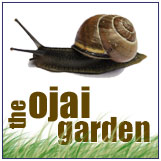BODY
Digestive Health
In the United States, the most commonly sold over-the-counter medications are not pain relievers but digestive aids. One such product is fiber. So just what is dietary fiber, where can you get it, and why is it important? Fiber is available in all vegetables, whole grains and legumes. Many people think that a bite-sized piece of lettuce provides the “bulk” needed to move food through the digestive tract. In fact, the functional unit of fiber is much smaller, almost microscopic.
The Recommended Daily Allowance for fiber is 25 grams. Medical scientists are studying the beneficial effects of fiber on cholesterol, diabetes, colon polyps and even cancer. It is clear that high-fiber diets reduce the discomfort of constipation, hemorrhoids and diverticulitis. Alternative practitioners recommend anywhere from 40 to 70 grams of fiber per day.
The best ways to get fiber is to eat lots of fruits and vegetables. Lentils, spinach, broccoli and pears are some of the highest fiber sources we can put on our plates. The extra benefit of eating fresh foods is that they are loaded with vitamins, minerals and anti-oxidants we all need. Cereals, muffins and some energy bars have high fiber contents, but watch out for excess sugars, fats and processed ingredients in these products. Fiber supplements may include psyllium, flax powder, pectin, methylcellulose and guar gum. All fiber supplements must be taken with plenty of water.
A final note: If you increase your fiber intake, you may notice some abdominal bloating or gas. It takes specific digestive enzymes (chemical scissors) to break down the fiber. You may not have enough of these enzymes and some of the fiber may be feeding the normal bacteria in your intestines – the trouble is they produce gas as a byproduct. One way to increase your fiber without increasing your discomfort is to take a digestive enzyme supplement, available at health food stores.








